Partner connection, Desire and Suspense continued
I have been working through the ideas that I have previously detailed in other posts and I thought I would write down some thoughts, observations and things that interested me.
There is something very instinctual in us that judges and senses the distance between people. The first time that I was consciously aware of this was a couple of years ago in a Somatic Experiencing session (on the basis of Peter Levine’s work). Somatic Experiencing works with the Autonomous Nervous System (ANS) to heal trauma in the body by working with the bodies regulation. (More information can be found here Somatic Experiencing Handout)
The exercise in question is briefly explained, where two people stand facing each other at a distance. One moves slowly towards the other and the person who is standing has the job to listen to how their own body feels and tell the other when to stop based on its reaction. There is a point where our nervous system reacts and shifts from comfort to discomfort. As far as I understand, due to the ANS being much quicker than our thoughts, it is not something that we can influence or decide, rather it is an instinctive reaction. The exercise has to do with boundaries, safety and recognition among other things. What interests me is the bodies response as well as the comfortable distance.
Now to link this to desire:
There is a specific distance that is comfortable. A little further away, either distances the two people causes one to want to move closer -> chase (elastic band effect) to maintain the connection creating longing. Should there be little interest, the connection is dropped.
If the distance is too close it goes in the other way. Being to close either causes discomfort in the ANS (stress), making one push away to maintain the comfortable distance. Should the interest be present, there can be an acceptance of the new distance.
The regulation of space between people has a better picture: a spring between two people.
“I can't live with you But I can't live without you” - Queen
Suspense is especially created, especially when the distance is uncertain or unclear depending on the level of interest. It is also created when the reason for change in distance is unknown.
Each person has their own personal space too, a distance that is often culturally defined as well as to do with one’s upbringing and natural needs.
In general coming closer to each other builds up in intensity. Pulling away creates tension.
It has often intrigued me with latin dance styles, that are based on partner work, what the attraction to them is. Maybe it can be explained as follows:
There is the close distance to a partner that is accepted as part of the dance.
The accepted roles (man leading, woman following) to be able to dance together and the physical and spontaneous (creating a small amount of uncertainty) communication that occurs. This creates a live connection.
There is the feeling (physical intimacy) as one is physically active in close proximity. There are also the continual (and natural) changes in the distance between partners through movement that pulls and pushes like an elastic band, all stimulating the nervous system.
In my dance classes I have been doing various exercises with different groups of dancers, simulating closeness and distance, varying the push and pull and adding in elements of uncertainty and spontaneous decision making.
What I notice is that it’s highly stimulating and a rush. There is a lot of adrenaline (sympathetic arousal) pumped into the body through doing the exercises. It has been described to me by a dancer as sensual…. I notice too, a sense of exhaustion afterwards, which could be due to the need to balance out the senses. The parasympathetic nervous system engages and calms the body down and balances it out.
The human connection is fascinating. Especially as a our reactions are seemingly out of our conscious control…
There is something too about how the situations influence the way we feel. It’s external as we are reacting to what is happening outside of us. It is a different stimulant to the feelings that arise from inside of us.
I go on about dance being an experiential learning form. We learn from the experience… That’s what is great about it…. And so am I!
Still many questions to explore:
I’m still wondering how this relates to self-expression in a broader sense? It’s definitely in the realms of feeling but different as it is externally influenced.
What is the connection between the internal feelings we have and the external?
Is it possible to transfer this to larger groups of people? Or does it have to be an individual?
Is it, the more we care about the person (level of relationship), the higher the intensity?

